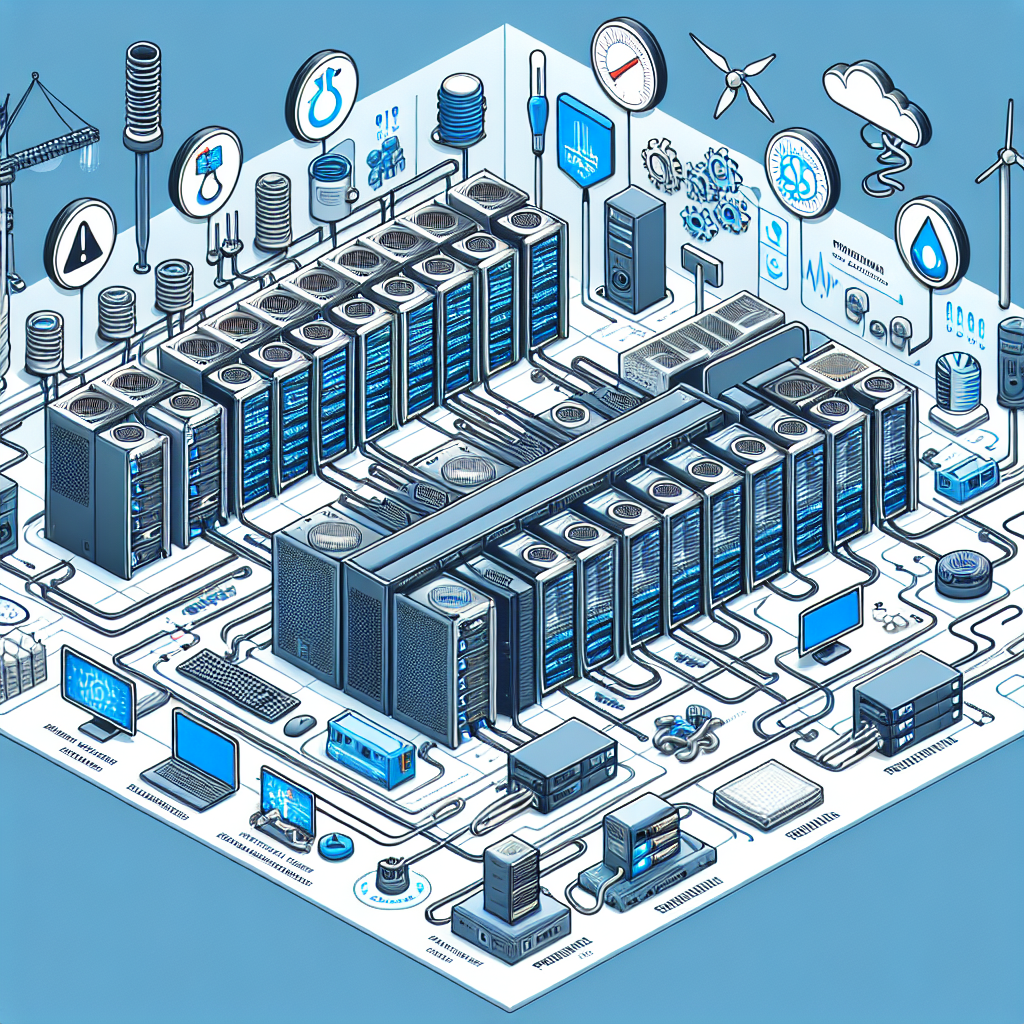Data centers are essential for storing and processing large amounts of data, but they also come with their own set of challenges, especially when it comes to HVAC (heating, ventilation, and air conditioning) systems. Proper HVAC is crucial for maintaining the optimal temperature and humidity levels in data centers to ensure the smooth operation of servers and other equipment. However, there are several common challenges that data center operators face when it comes to HVAC systems, and knowing how to overcome them is key to ensuring the reliability and efficiency of the data center.
One of the most common challenges in data center HVAC is maintaining consistent temperature and humidity levels. Data centers generate a significant amount of heat, and if the HVAC system is not properly designed and maintained, it can lead to hot spots and inconsistent temperatures throughout the facility. This can result in equipment overheating and potentially causing downtime or damage to the servers. To overcome this challenge, data center operators should invest in a robust HVAC system that is properly sized and designed to handle the heat load generated by the servers. Regular maintenance and monitoring of the HVAC system are also essential to ensure that it is operating efficiently and effectively.
Another common challenge in data center HVAC is airflow management. Proper airflow is crucial for cooling equipment and maintaining the optimal temperature in the data center. However, poor airflow management can lead to hot spots, inefficient cooling, and increased energy consumption. To overcome this challenge, data center operators should ensure that the HVAC system is properly designed to provide adequate airflow to all equipment. This may involve using containment systems, such as hot and cold aisles, to direct airflow where it is needed most. Regularly cleaning and maintaining air filters and vents is also important to ensure that airflow is not restricted by dust or debris.
Energy efficiency is another challenge in data center HVAC. Data centers are known for their high energy consumption, and HVAC systems can account for a significant portion of this energy usage. To overcome this challenge, data center operators should invest in energy-efficient HVAC equipment, such as variable speed drives and high-efficiency cooling units. Implementing temperature and humidity controls, as well as utilizing free cooling methods, can also help reduce energy consumption and lower operating costs. Regularly monitoring and optimizing the HVAC system can further improve energy efficiency and reduce the environmental impact of the data center.
In conclusion, data center operators face several challenges when it comes to HVAC systems, but with proper planning and maintenance, these challenges can be overcome. By investing in a robust HVAC system, managing airflow effectively, and prioritizing energy efficiency, data center operators can ensure that their HVAC systems are able to maintain the optimal temperature and humidity levels required for the smooth operation of servers and other equipment. By addressing these common challenges, data center operators can improve the reliability, efficiency, and sustainability of their data centers.


Leave a Reply